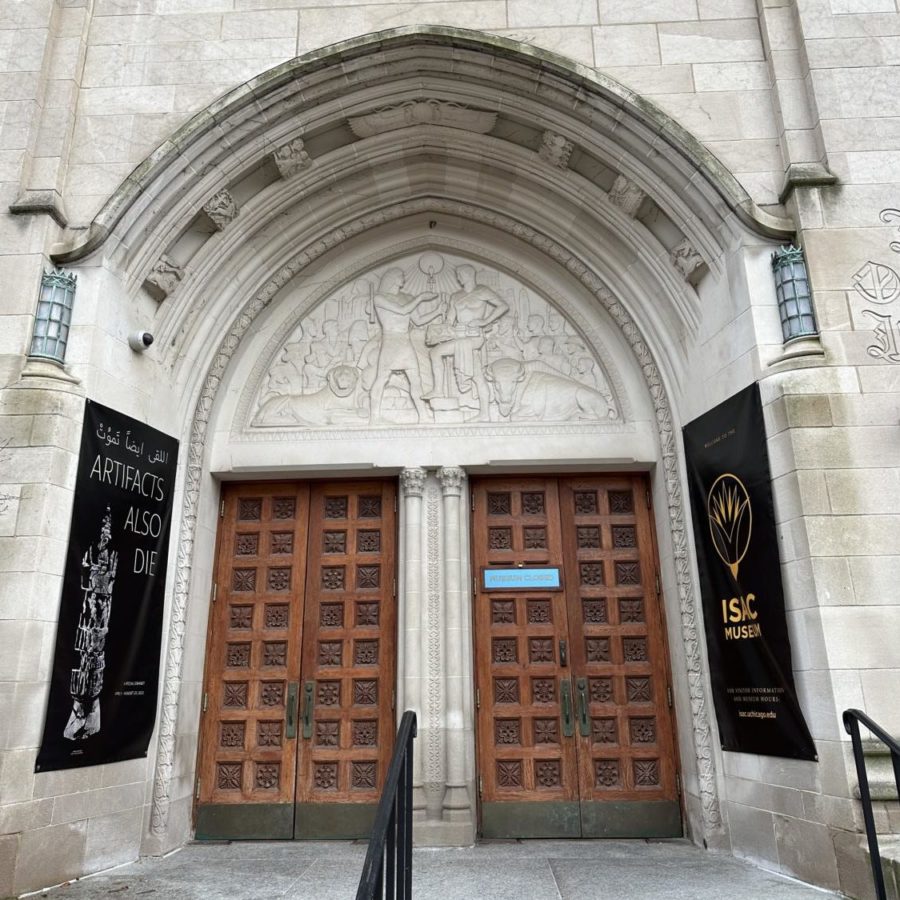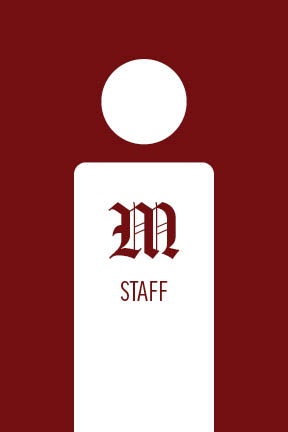Approximately 60 first-year students are now living in Midway House, a hastily converted floor of the New Graduate Residence Hall, because of a record yield rate for the Class of 2015. This move not only demonstrates that the University was not prepared to properly accommodate the entire incoming Class of 2015; it also shows poor communication between Housing and Admissions and serves as a setback towards the University’s dedication to creating a positive dorm environment.
The House System is an irreplaceable staple of the undergraduate experience at the U of C. While only about 60 percent of undergraduates live in housing, very few will deny that their house shaped their first year in Hyde Park. House tables in the dining hall, study breaks, trips to various Chicago neighborhoods—these are all crucial elements in orienting all incoming students to their new life both academically and socially. House culture is a value to which the University has repeatedly expressed commitment, and preserving this culture for all first-year students should be of the utmost priority for Housing Services.
While it can be safely assumed that the Resident Heads and the students in Midway House are doing everything in their ability to make this year a rewarding one, the fact remains that this situation should have been avoided from the outset. Sixty undergraduates living in graduate student housing cannot possibly provide the close-knit culture that can be found in dorms like South Campus Residence Hall or Broadview, dorms that have a strong sense of community. Being in a dormitory with other first-years and upperclassmen allows for friendships and resources that are vital to the undergraduate experience.
This issue also exposes a gridlock between the efforts of Housing Services and Admissions. Housing administrators have repeatedly expressed the desire to increase the retention of upperclassmen in housing. They would like the housing system to compete with the likes of Harvard where almost all undergraduates live on campus. This goal, while reasonable, is in obvious tension with Admissions’ stated mission of raising the yield rate of incoming first-years. If, as we all hope, the yield rate keeps going up in future years, it is unclear where housing will be able to place all the students wishing to live on campus.
Midway House is a symptom of a tricky problem with no easy solution. It’s simply not clear whether providing first-years with a proper and satisfying housing experience is of a higher priority than promoting upperclassmen to continue living in their current houses and dorms. It certainly is not simply a matter of constructing a new residence hall overnight. However, if push comes to shove, providing first-years with a good incoming experience is most important. If creating Midway House was a necessity, then upperclassmen and transfer students should have been placed there, rather than first-years who have never been introduced to the U of C’s housing culture. Long-term plans should focus on developing on-campus dormitories, but short-term goals must properly account for immediate capacity when striving to preserve the first-year experience.
The Editorial Board consists of the Editor-in-Chief, Viewpoints Editors, and an additional Editorial Board member.










